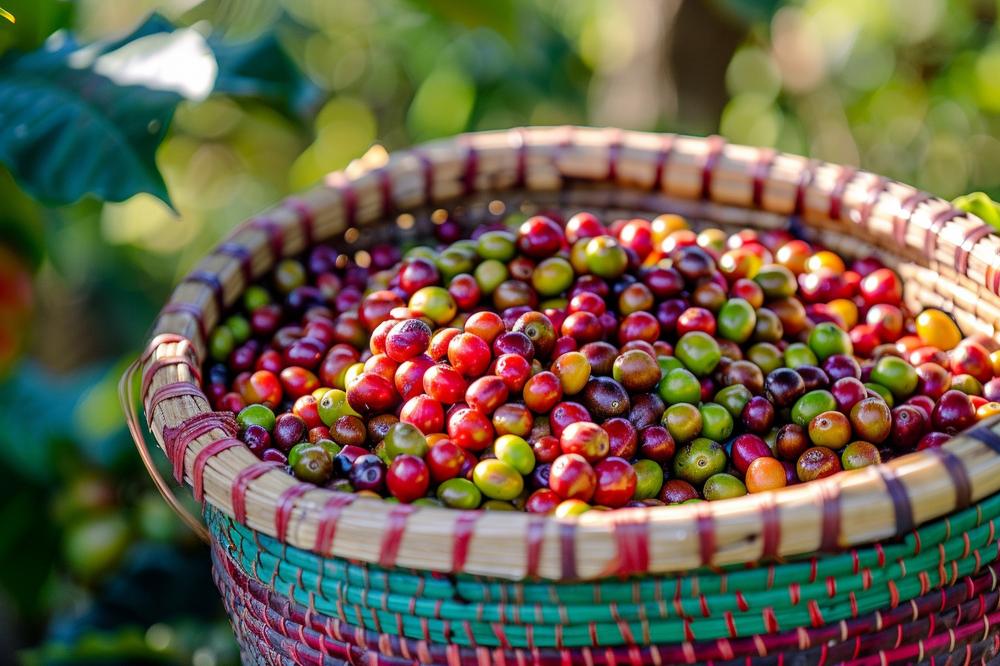Chemical Analysis of Coffee Compounds: A Journey to the Heart of the Cup
Small cup... huge factory
Coffee isn't just a stimulant, as some imagine. It's a complete chemical laboratory containing hundreds of compounds that interact to create its amazing aroma, deep flavor, and magical effect on mood and body. Imagine that each cup of coffee contains more than 1,000 different chemical compounds , some of which have been precisely identified, while others are still being discovered.
First: Caffeine - the most famous star of coffee
- Chemical formula: C₈H₁₀N₄O₂
- Caffeine is the most well-known compound in coffee, responsible for alertness and energy.
- It works by blocking adenosine receptors in the brain, reducing the feeling of drowsiness.
- A moderate dose (200–400 mg daily) improves concentration and attention.
Second: Organic acids - the secret of refreshing acidity
- The most important of them are: chlorogenic acid, malic acid, and citric acid.
- It gives coffee its “fruity” or “lemon” character, especially in specialty coffee.
- Chlorogenic acid also acts as a powerful antioxidant that helps protect the body from free radicals.
- During roasting, these acids break down into compounds that give a balanced bitterness.
Third: Aromatic compounds - the magic of scent
Did you know that the aroma of fresh coffee comes from more than 800 aromatic compounds ?
- Furans: Gives coffee a caramel and toasty aroma.
- Phenols: Add smoky or earthy flavors.
- Ketones and aldehydes: responsible for floral and fruity aromas.
- That's why coffee is considered one of the most aromatic beverages on Earth, even surpassing wine.
Fourth: Volatile oils - consistency and texture
- Coffee contains natural oils such as triglycerides and diterpenes (Cafestol & Kahweol) .
- These oils give espresso its distinctive “crema.”
Fifth: Sugars and carbohydrates - natural sweetness
- Coffee beans contain natural sugars such as sucrose and glucose.
- During roasting, these sugars enter the Maillard reaction, which creates the brown color and roasted aroma.
- This interaction is the secret behind the amazing flavor that coffee lovers love.
Sixth: Minerals and rare elements
- Coffee is not only caffeine, but it is an important source of several minerals:
- Magnesium: Promotes muscle relaxation.
- Potassium: Regulates blood pressure.
- Calcium and iron: present in small amounts.
- These minerals contribute to the nutritional value of a cup, especially when drunk without additives.
Seventh: Proteins and amino acids
- Although coffee is low in protein, amino acids play an important role in flavor formation.
- During roasting, they react with sugars in the Maillard reaction, forming “nutty and chocolatey” flavors.
Conclusion: Your cup is a miniature laboratory.
Coffee is more than just a morning beverage; it's a chemical poem containing caffeine to energize, acids to refresh, oils to provide texture, aromatic compounds to enchant, and sugars and minerals to provide balance. Every sip is a sensory and scientific experience all at once.

